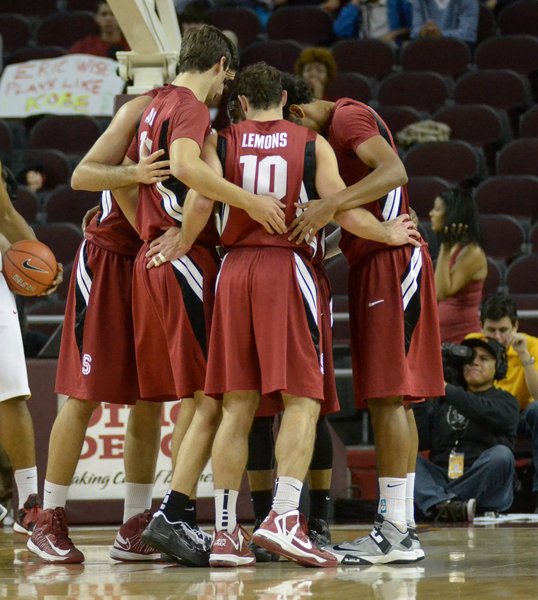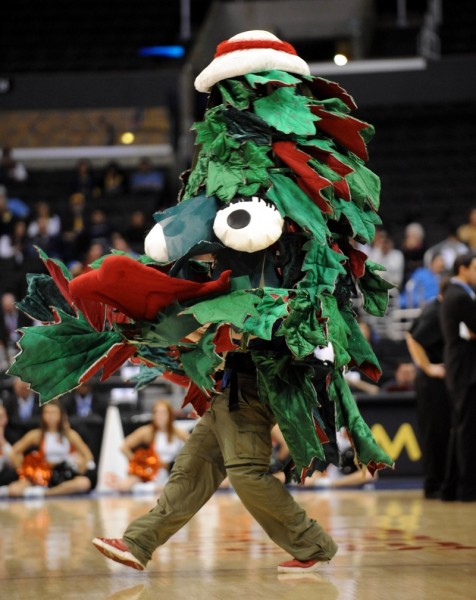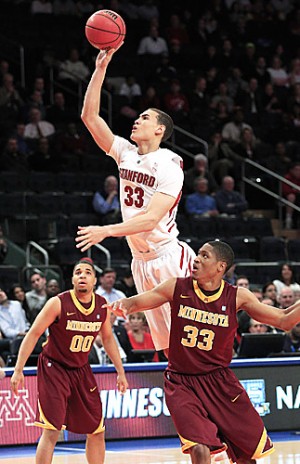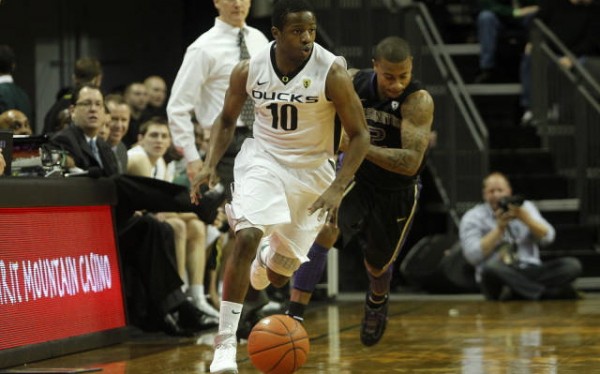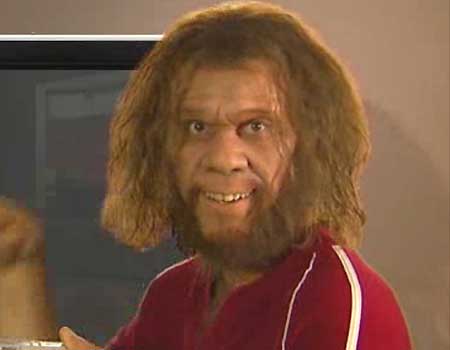Pac-12 Senior Days: Stanford and the Team That Stayed
Posted by Adam Butler (@pachoopsab) on March 7th, 2014Much of the college basketball dialogue has turned to things like one-and-done and transfers. Is it good for the game or is it bad for the game. Mark Cuban went so far as to say the game itself is bad for the sport (I loosely paraphrase). While Cuban’s sentiments aren’t necessarily accurate, they do share the same general tone about the longevity and fluidity of a college career. So on Saturday, when you see Dwight Powell, Josh Huestis, Stefan Nastic and John Gage take the floor for the last time in Palo Alto, note that you’re seeing something special and certainly unique. They’ll stand there short two members of their 2010 recruiting class, Aaron Bright and Anthony Brown, who will both play in 2014-15 as fifth-year seniors after sustaining injuries. They will, of note, all be there together. But think about that for a second. Approximately five years ago, Johnny Dawkins sat in six different living rooms with the promise of a Stanford education and a team. On Saturday, years after these kids committed to their coach, their school and, most importantly, each other, they’ll leave as they arrived: together.
So yes, what will transpire Saturday afternoon is rare and I think, in some regards, it trumps whatever success or otherwise they’ve had. It’s yet to be determined if any of these young men will participate in the NCAA Tournament. It was indubitably a goal that may yet come to fruition. And that’s why I’ll be paying such close attention to Saturday’s contest. They just didn’t show up on Wednesday. Collectively the seniors were 12-of-36 from the field; Powell fouled out and the seniors accounted for eight of 12 turnovers. Show up they did not but stick around they have. As the conversation has whipped around and past them, they’ve embodied all that we’ve wanted and cherished about college basketball. You guys… they stuck it out. Dwight Powell nearly bolted for greener (read: $$) pastures and a chance at the NBA. When I had the opportunity to talk to him at Pac-12 media day, he told me he came back to take care of unfinished business with his guys. That 15th-ranked class has done what everyone wants to say everyone else isn’t doing. And everyone appears to be having success (Lyons, Mark; Marshall, Jermaine; All, Oregon) in doing such. So what does it say about us, or those pining for what the Cardinal have done, that we pay them little attention? Or that we’re disappointed in their lack of success? Or, perhaps worse, expecting it? Sometimes success isn’t always the result but the journey to getting there.





























